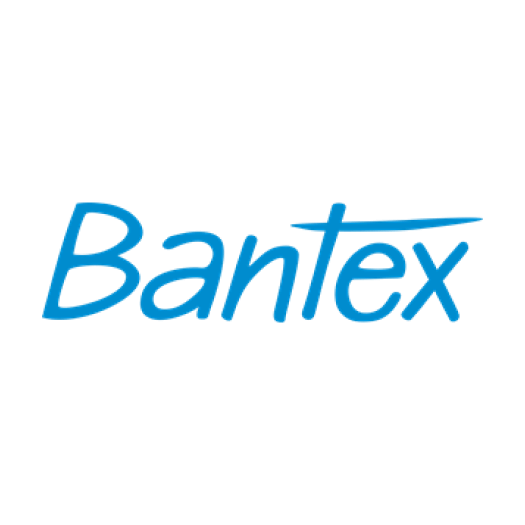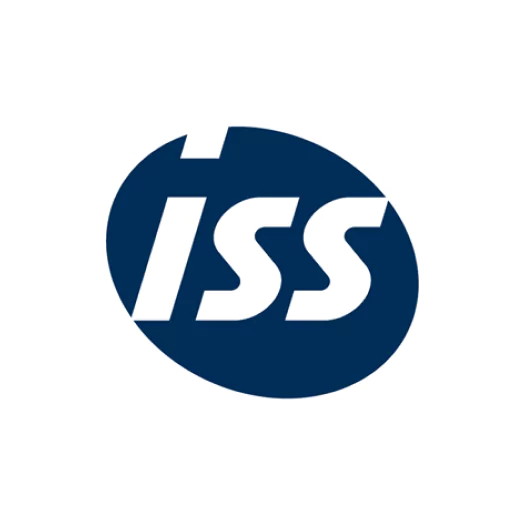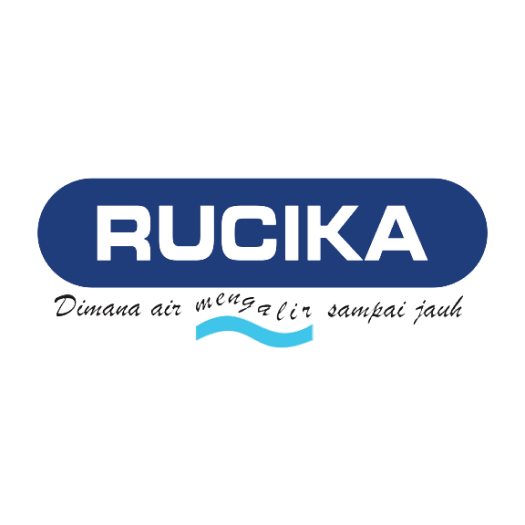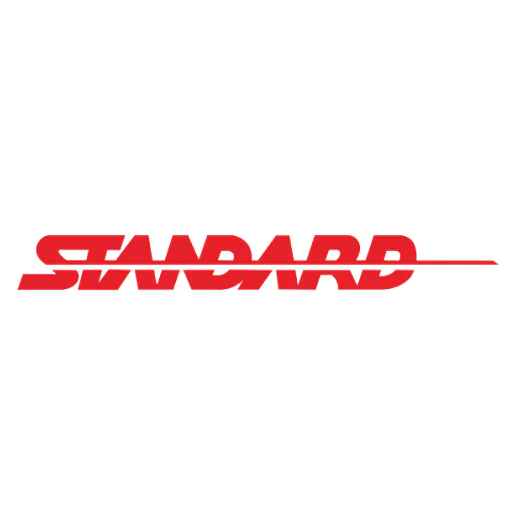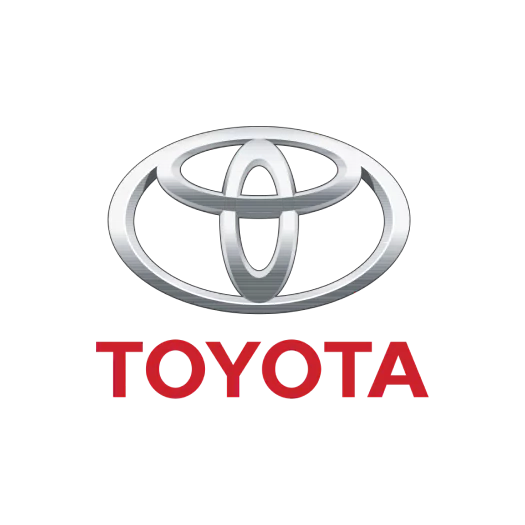Capital Expenditure (CapEx) decisions are crucial for a company’s growth, yet they often present complex challenges. Managers must navigate high initial costs, measurement difficulties, and uncertainties in forecasting returns.
A significant issue in CapEx management is the difficulty of accurately measuring investments’ total costs and potential benefits. This complexity can lead to suboptimal resource allocation and impact the company’s financial health.
According to a study in Malaysia, capital expenditure management faces specific hurdles. The International Monetary Fund reports that reliance on discretionary measures for project spending can cause procedural delays and strain implementation capabilities.
Understanding these challenges is crucial for effective CapEx management. This article will delve deeper into capital expenditures, their types, and formulas and explore software solutions that can aid in efficient CapEx management.
Table of Content
Content Lists

Key Takeaways
|
What are Capital Expenditures?
Capital expenditures (CapEx) refer to funds businesses allocate to acquire, upgrade, or maintain long-term assets critical for operations. These assets, such as property, machinery, and technology, are recorded on the balance sheet and depreciated over time, reflecting their long-term value.
For businesses in Malaysia, CapEx plays a vital role in sustaining and expanding operations by improving efficiency and supporting future growth. Common examples include purchasing new machinery to enhance production capacity or upgrading digital infrastructure to improve operational performance.
Industries such as manufacturing, telecommunications, and utilities require substantial capital expenditure due to their reliance on high-value physical assets. Effective asset management and process optimization are crucial to maximizing returns and minimizing operational costs.
Importance of Capital Expenditure

Making the right capital expenditure decisions is crucial for a company’s long-term success. Below are key reasons why CapEx plays a significant role in business growth and financial stability.
- Long-term impact: Capital expenditure influences a company’s future operations by determining its production capacity, infrastructure, and technological advancements. Strategic planning is essential, as today’s CapEx investments will shape future efficiency, competitiveness, and profitability.
- Irreversibility: Unlike regular expenses, capital expenditure is difficult to reverse without incurring losses, as assets like machinery or infrastructure are customized to business needs. The limited resale market for specialized equipment makes it vital for companies to assess risks before making large investments.
- High initial costs: Industries such as manufacturing, telecommunications, and utilities require significant upfront capital investments. While these expenditures provide long-term benefits, businesses must carefully manage budgets and financing to sustain cash flow and profitability.
- Depreciation over time: Capital assets increase a company’s asset value initially but depreciate over time, gradually reducing in book value. Understanding CapEx vs. OpEx distinctions helps businesses optimize tax benefits while ensuring long-term financial sustainability.
Strategic capital expenditure planning is essential for business growth. It ensures efficient resource allocation and long-term operational stability. Companies must balance revenue and capital expenditures wisely to maximize returns while maintaining financial flexibility.
Types of Capital Expenditure
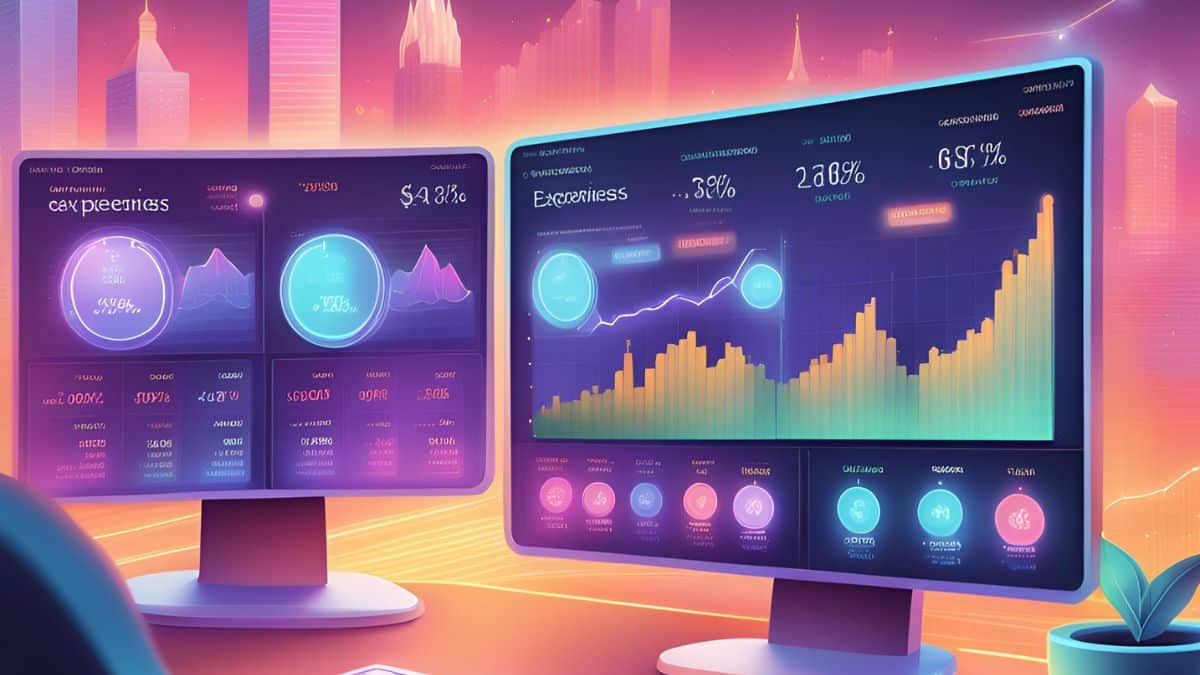
Capital expenditure includes investments in long-term assets that sustain or expand business operations. Below are the key types of CapEx that companies must consider when planning their financial strategies.
1. Maintenance CapEx
This type of capital expenditure is used to maintain existing business operations and ensure assets remain functional. It includes necessary upgrades or replacements of equipment, facilities, or infrastructure to keep production at optimal levels.
2. Growth CapEx
Growth CapEx focuses on expanding a company’s capabilities by investing in new assets that drive long-term revenue. Examples include building new manufacturing plants, acquiring new technology, or purchasing additional vehicles for business expansion.
3. Buildings and land
Purchasing or constructing office spaces, warehouses, or factories qualifies as capital expenditure, as these assets provide long-term business value. Land acquisition for future development can also be considered qualifying capital expenditure, depending on its intended use.
4. Equipment and machinery
Companies invest in machinery to produce goods, streamline production, or transform raw materials into finished products. These assets typically require large upfront costs but contribute to operational efficiency and long-term profitability.
5. Computers, software, and servers
Technology investments, such as computers, servers, and accounting software, support daily operations and data management. Certain software purchases may qualify as CapEx if they provide long-term benefits rather than short-term operational expenses.
6. Office furniture and vehicles
Office furniture enhances workplace functionality, making it a necessary capital expenditure for businesses setting up or expanding operations. Vehicles used for logistics, client transport, or staff mobility also fall under CapEx if they serve long-term business needs.
7. Patents and intellectual property
Patents and trademarks can provide lasting value by protecting a company’s innovations and enabling exclusive product development. When strategically used, these intangible assets can significantly contribute to business growth and competitive advantage.
Understanding the different types of capital expenditure helps businesses make informed financial decisions and allocate resources efficiently. A clear investment strategy ensures long-term sustainability, whether it’s CapEx vs. OpEx or balancing revenue and capital expenditures.
Capital Expenditure vs Operating Expenses

Capital expenditure (CapEx) and operating expenses (OpEx) serve different financial purposes in business management. While CapEx involves long-term investments in assets like equipment or property, OpEx covers short-term costs such as utilities, rent, and employee wages to maintain daily operations.
An expense qualifies as capital expenditure when it funds a new asset, extends the lifespan of an existing one, or enhances its value. In contrast, OpEx costs are fully tax-deductible in the year they occur, making them easier to account for in short-term budgeting.
For example, repairing a machine would fall under OpEx, as it maintains the asset’s current functionality. However, purchasing new machinery or upgrading an existing one would be considered CapEx, as it contributes to long-term business growth and asset value.
Capital Expenditure and Depreciation

When a capital expenditure is made, it is recorded as an asset on the balance sheet rather than an immediate expense. To gradually account for this cost, the asset is expensed over time through depreciation, which appears in the income statement.
Companies use methods like straight-line depreciation or declining balance depreciation to allocate the asset’s cost over its useful life. By the end of the asset’s lifespan, the total depreciation will equal the original capital expenditure, ensuring accurate financial reporting.
A company’s asset growth can be measured by comparing CapEx vs. depreciation. If CapEx exceeds depreciation, the company’s assets are expanding. However, if capital expenditure is consistently lower than depreciation, it may indicate that assets are shrinking, affecting long-term business stability.
Challenges that Businesses May Face with Capital Expenditures

While capital expenditure is essential for business growth, it comes with complexities that can impact financial planning and decision-making. Below are two major challenges companies face when managing CapEx investments.
-
Measurement challenges
Accurately calculating capital expenditure goes beyond the asset’s purchase price, as businesses must account for installation, transportation, and long-term maintenance costs. Without considering these additional expenses, companies may underestimate their total investment.
Estimating an asset’s useful life and depreciation is another challenge, as these factors depend on usage intensity and asset quality. Misjudging these elements can lead to inaccurate forecasting, which can impact long-term budgeting and financial stability.
-
Uncertainty
Capital investments are made with the expectation of future returns, but external factors such as market shifts, regulatory changes, or economic downturns can lead to unexpected losses. Even with careful forecasting, businesses cannot fully eliminate risks associated with CapEx decisions.
To mitigate uncertainty, companies should assess potential risks and develop strategies to adjust for unforeseen changes. A well-planned capital expenditure cycle helps businesses manage their financial commitments while maintaining operational flexibility.
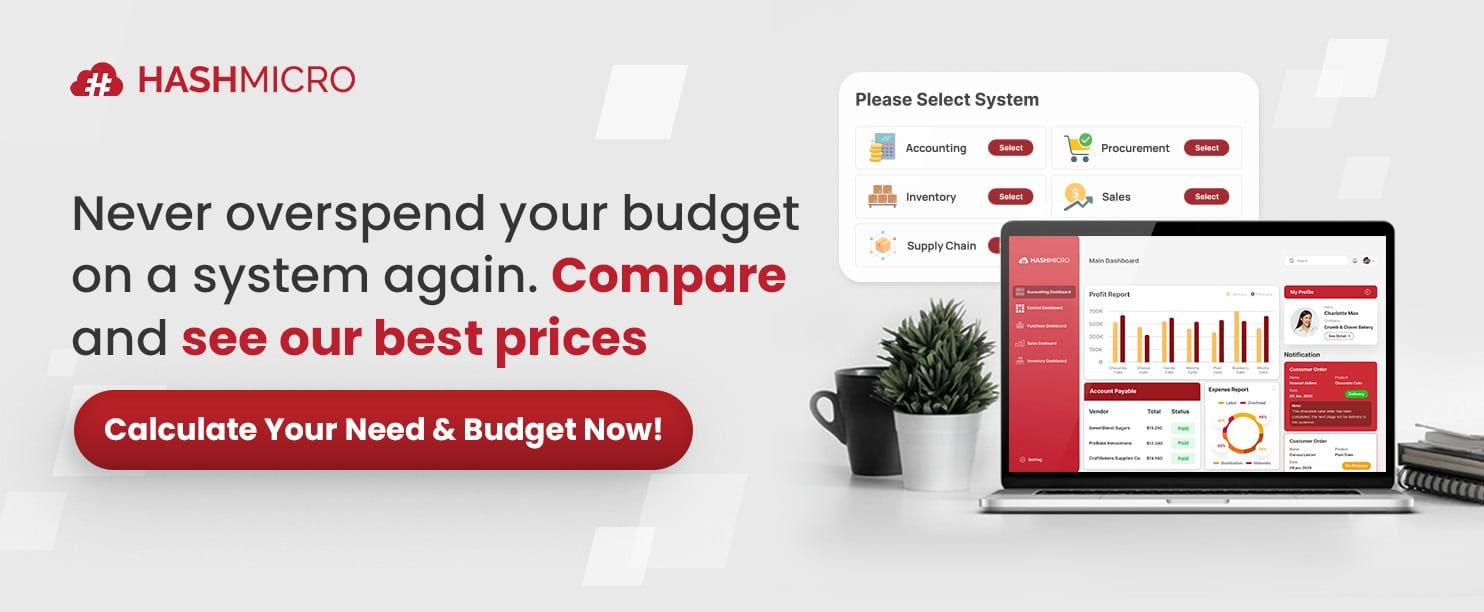
How to Calculate Capital Expenditures
Calculating capital expenditure is essential for understanding a company’s investment in long-term assets. Follow these simple steps to determine CapEx using your financial statements.
1. Obtain your company’s financial statements: To start, gather your company’s balance sheet and income statement for the past two years. These documents provide the necessary data, including PP&E (Property, Plant, and Equipment) and depreciation figures.
2. Subtract the fixed assets: Determine the change in PP&E by subtracting the prior year’s fixed assets from the current year’s amount. Since CapEx only includes tangible asset investments, exclude intangible assets and assets acquired through business acquisitions.
3. Subtract the accumulated depreciation: Identify the total depreciation by subtracting the previous year’s accumulated depreciation from the current year’s total. This step helps measure how much asset value has been used up over time.
4. Add total depreciation: Finally, add the depreciation calculated in step three to the change in PP&E from step two. This will give you the total capital expenditure, showing how much was spent on acquiring or upgrading long-term assets.
Using the CapEx formula—PP&E (current period) – PP&E (prior period) + Depreciation (current period)—businesses can track their investments efficiently. For a more accurate and automated approach, companies can use accounting software to simplify capital expenditure calculations and optimize financial management.
Examples of CapEx Calculations

Understanding capital expenditure becomes easier with practical examples. Below are two CapEx calculations to illustrate how businesses determine their investment in long-term assets.
Example 1: Manufacturing Company
A furniture company purchases new equipment and expands its facility in 2018, requiring a capital expenditure calculation. Given the data—Depreciation: $15,000, PP&E at the end of 2018: $50,000, and PP&E at the beginning of 2018: $35,000—the CapEx formula is applied.
By subtracting the starting PP&E from the ending PP&E ($50,000 – $35,000 = $15,000) and adding depreciation ($15,000), the total capital expenditure for the year amounts to $30,000. This investment reflects the company’s efforts to enhance operations and expand production capacity.
Example 2: Retail Business
A boutique invests in new equipment and computers, prompting a CapEx calculation for 2018. The company records Depreciation: $20,000, PP&E for the current period: $15,000, and PP&E for the prior period: $10,000.
Applying the CapEx formula—($15,000 – $10,000) + $20,000 = $25,000—reveals a total capital expenditure of $25,000 for 2018. This spending represents strategic investments in operational efficiency and business growth.
Best Practices of Capital Expenditure

Managing capital expenditure effectively requires strategic planning and the right financial management approach. Here are key best practices to ensure smooth budgeting and long-term success.
1. Plan before you begin
A well-structured capital expenditure budget prevents overspending and ensures financial stability. Before starting any project, define its scope, allocate resources wisely, and secure approval for an efficient execution.
Proper planning also includes estimating internal resources such as labor, materials, and funding. The more detailed your plan, the more accurate and reliable your CapEx formula will be.
2. Consider the long-term
Choosing between financing and self-funding a capital expenditure investment impacts a company’s financial health. Borrowing provides immediate access to assets but increases debt, while saving requires patience but ensures financial stability.
Evaluating both options helps businesses align their financial strategies with growth objectives. The right choice depends on the company’s budget, risk appetite, and expected returns.
3. Invest in a quality accounting system
Using a reliable accounting system simplifies capital expenditure tracking and improves financial accuracy. A good system helps automate expenditure cycles, minimize errors, and generate real-time financial reports.
For businesses in Malaysia, selecting the best accounting software ensures seamless financial management. An efficient system allows better control over investments, ensuring every qualifying capital expenditure is accounted for properly.
4. Collect accurate data
Accurate financial data is essential for making informed CapEx decisions and avoiding budgeting errors. Gathering precise details on asset costs, depreciation, and maintenance helps businesses track investments efficiently.
Reliable data also ensures compliance with financial regulations and improves decision-making. With the right financial insights, businesses can optimize both revenue expenditure and capital expenditure planning.
5. Maintain optimal detail levels
Finding the right balance between too much and too little detail in capital expenditure planning is key. Overloading budgets with excessive data can delay execution, while insufficient detail makes financial tracking inefficient.
A well-balanced approach ensures clarity and practicality in budgeting. Businesses must prioritize key financial data to enhance CapEx vs. OpEx decision-making.
6. Establish clear policies
Large organizations often involve multiple departments in capital expenditure planning, making standardized policies essential. Clear guidelines ensure consistency, prevent misallocation, and keep budgets on track.
Well-defined policies also improve transparency in financial reporting and investment decisions. Additionally, a structured framework helps businesses maintain control over their capital expenditure cycle.
How HashMicro’s Accounting Software Optimizes Capital Expenditure Management
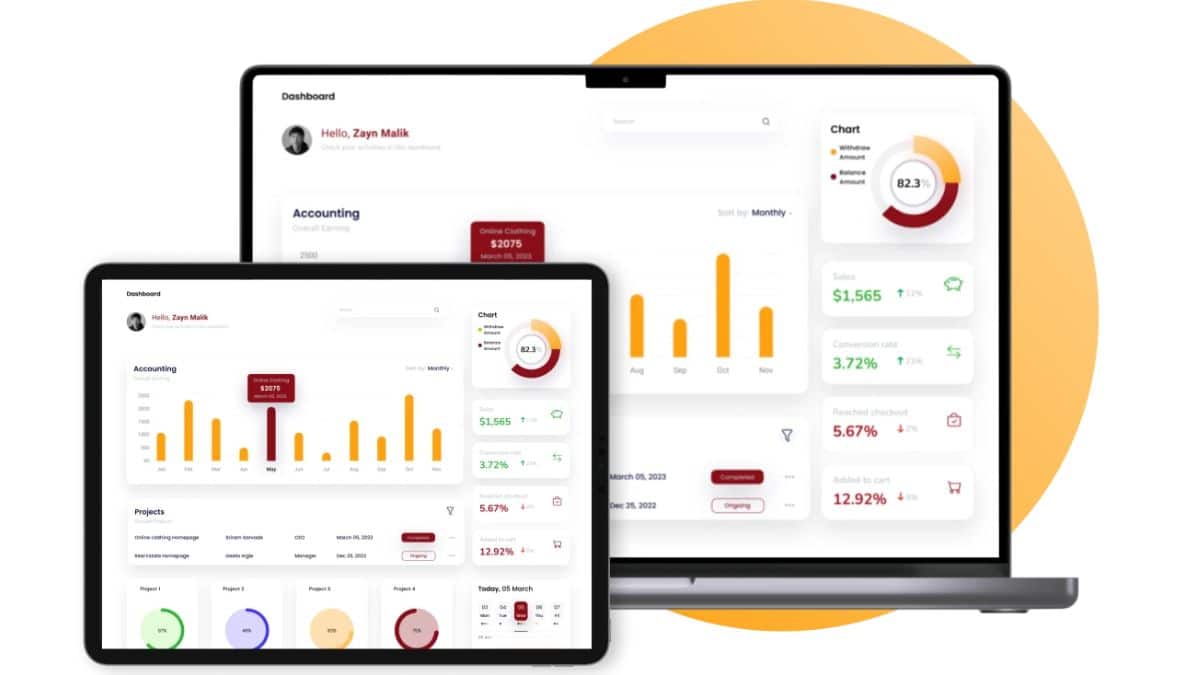
HashMicro’s Accounting Software offers a powerful solution for managing capital expenditure, ensuring accuracy and efficiency in tracking financial investments. One key feature is automated CapEx tracking, which is seamlessly integrated into the system to monitor real-time asset purchases, budgeting, and financial planning.
Experience the capabilities of HashMicro’s Accounting Software through a free demo. Explore how automation optimizes CapEx reporting, financial forecasting, and asset depreciation tracking, ensuring businesses make informed investment decisions while maintaining financial stability.
Why choose HashMicro? Our accounting software automates critical CapEx tasks like budget allocation, asset tracking, and depreciation calculation, reducing manual errors and improving decision-making. Its seamless integration with financial and operational modules provides a complete solution for managing capital expenditure efficiently.
Below are some of the key features of HashMicro’s Accounting Software for capital expenditure management:
- Accounting and Financial Statements: HashMicro automates financial reporting with customizable statements and flexible period comparisons for precise tracking. This feature simplifies financial analysis, ensuring businesses make data-driven decisions with confidence.
- Bank Integrations—Auto Reconciliation: Automated bank reconciliation syncs transactions directly, eliminating manual data entry and reducing errors. This integration enhances financial accuracy, saves time, and ensures up-to-date records.
- Multi-Level Analytical Reporting: Businesses can analyze financial performance across projects, branches, or departments with detailed segment comparisons. This structured reporting provides targeted insights, helping optimize each unit’s financial strategies.
- Profit & Loss vs Budget & Forecast: Real-time profit and loss comparisons against budgets and forecasts help businesses evaluate financial performance. By tracking variances, companies can make timely adjustments to meet financial targets.
- Cash Flow & Forecast Management: Detailed cash flow reports and budget forecasts clearly show fund movements. Intuitive S-curve visualizations help businesses manage resources efficiently and plan for future cash needs.
- Financial Ratios & Equity Movement Report: Financial ratio analysis and equity movement tracking allow businesses to assess profitability, liquidity, and ownership changes. These insights enable smarter decision-making and long-term financial stability.
- Automated Currency Updates & Intercompany Consolidation: Real-time currency updates simplify global transactions, while intercompany consolidation ensures accurate financial reporting across multiple entities. These tools enhance transparency and efficiency in multinational operations.
- 3-Way Matching & Custom Invoicing: Automated three-way matching aligns invoices with delivery and sales orders, reducing procurement discrepancies. Customizable invoice templates cater to various transaction types, improving documentation accuracy and flexibility.
These capabilities enhance financial accuracy, support long-term business growth, and improve investment efficiency. With HashMicro’s Accounting Software, companies can streamline CapEx management, minimize financial risks, and optimize their asset utilization for sustained profitability.
Conclusion
Capital expenditures, which cover assets like equipment, buildings, and technology, are crucial investments for business growth. Efficient CapEx management requires careful planning, accurate tracking, and financial control—tasks that can be streamlined with accounting software to ensure compliance and cost efficiency.
For businesses in Malaysia, HashMicro’s Accounting Software offers a reliable solution for managing capital expenditures effectively. It provides customizable reports, advanced business intelligence, and comprehensive budgeting tools to enhance financial decision-making.
Take control of your CapEx management with an automated solution simplifying tracking and budgeting. Try HashMicro’s Accounting Software with a free demo today and experience smarter, more efficient financial management!
FAQ About Capital Expenditure
-
What are considered capital expenditures?
Capital expenditures (CapEx) are funds used by a company to acquire, upgrade, and maintain physical assets such as property, plants, buildings, technology, or equipment. CapEx is often used to undertake new projects or investments by a company.
-
Is a capital expenditure an asset or liability?
In accounting, capital expenditures are recorded as asset investments, increasing their taxable value over time. These expenses typically appear in the cash flow statement under the investing section, labeled as “Investment in Property, Plant, and Equipment” or a similar category.
-
What type of asset is capital expenditure?
Capital expenditure involves acquiring and upgrading fixed assets like land, buildings, and equipment to support long-term operations. These investments enhance service delivery and provide lasting value beyond a single financial year.







